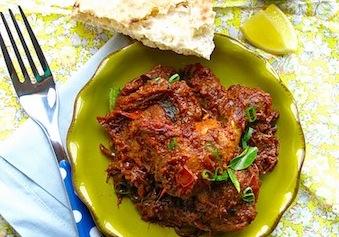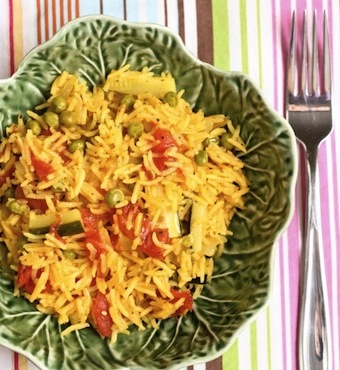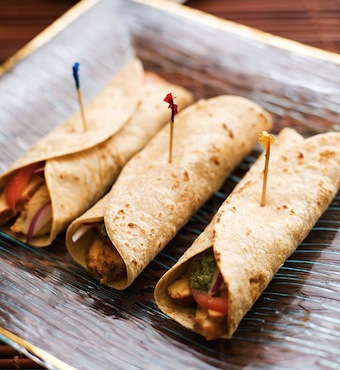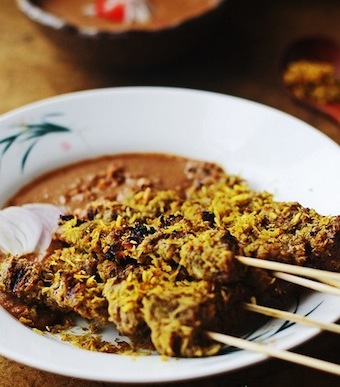Said to improve skin tone when this spice is formed into a paste and rubbed on the body, turmeric may instead turn the palest of us, as yellow as the powder itself.
Ever wondered why the mustard in your refrigerator is yellow?
That’s turmeric.
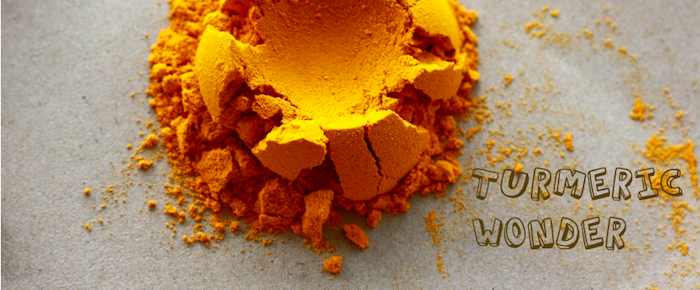
It’s a
rhizome - an underground stem - that has the same funny shape as ginger. The reason why many cultures refer to turmeric as “
yellow ginger”. To get the chalky powder, the bright yellowish-orange stem is boiled for hours, then dried, and finally ground up.
Originating from India, and used in everything from healing remedies to textile dyes, turmeric can be found in just about any Indian dish, adding its distinct flavor and color to all the savory curries, and everyone’s favorite tandoori chicken.
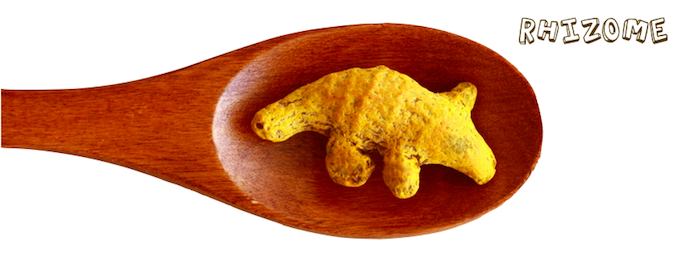
What is the flavor? The yellow color is so rich that your eyes will convince you what it tastes like before you even try it. Instead, close your eyes and sprinkle a bit of the powder on your tongue. It’s a little bitter, with the bite of ginger, and a hint of pepper and orange.
Place a bit more of the dry powder on your tongue and it may start to have a medicinal aftertaste. That’s the active ingredient,
curcumin, an antioxidant shown in Ayurvedic treatments – and ever more present in Western medicine –
to help fight Alzheimer’s disease, cystic fibrosis, arthritis, cancer, infections, and digestive problems.
And adding a teaspoon of turmeric powder to a cup of warm milk daily – especially during those long winter months – will treat that pesky cough and cold by soothing your dry throat, boosting your immune system, and increasing your antidepressant serontonin levels to make you feel happier!
Pretty impressive for an underground stem that turns your mustard yellow.
If you don’t have the taste for turmeric milk, discover the wonders of the yellow spice with any one of these recipes:






